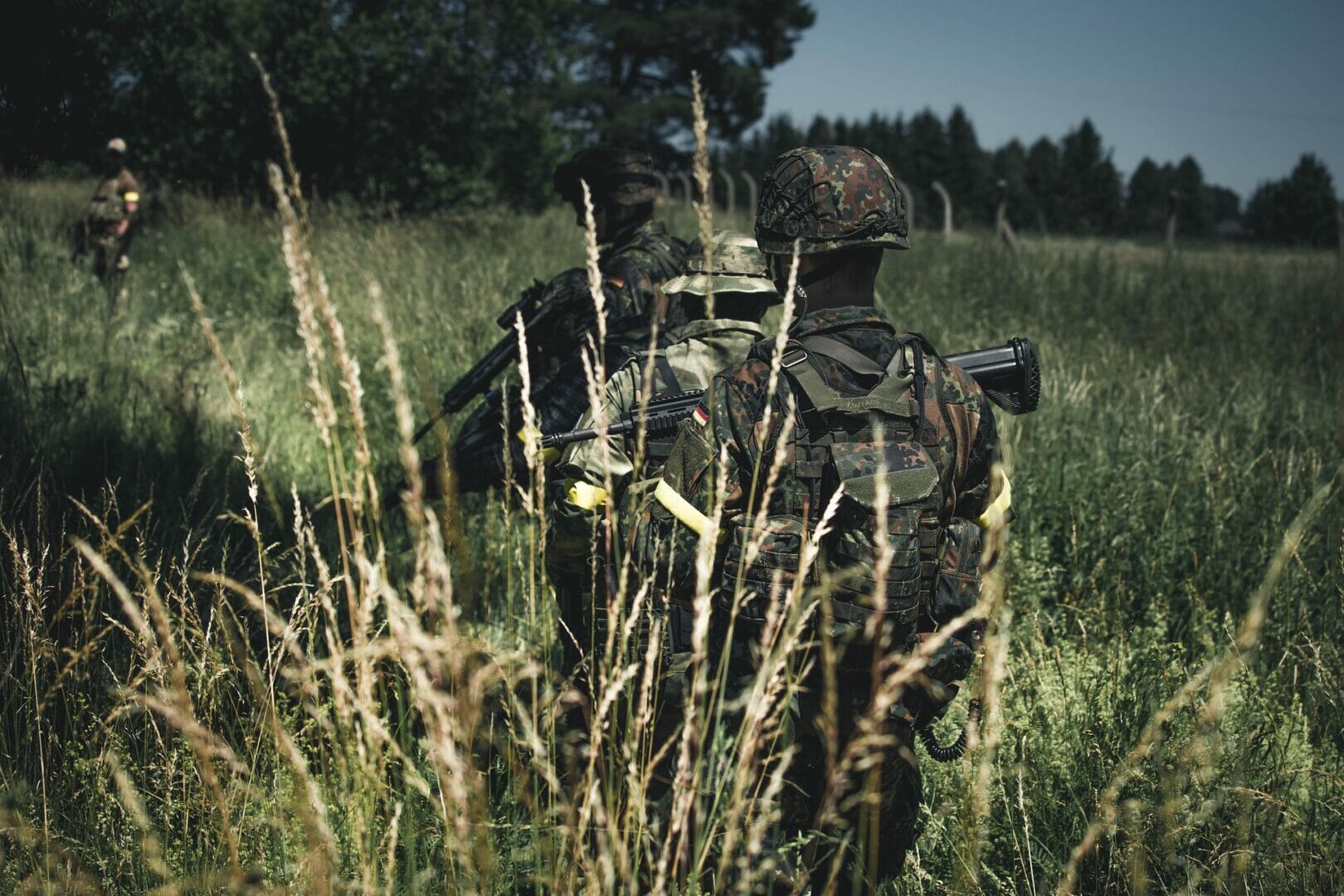To deceive the enemy of your presence, position and intentions in the battlefield, military concealment plays a vital role. This is why camouflage netting support units are manufactured to withstand heavy loads, to be dismantled quickly, and be able to function in extreme environments. Here Patrick Loock, segment business owner for products and applications at telescoping tube manufacturer Exel Composites, discusses the design considerations behind these support units and how their composition is optimised for function.
In harsh environments, for example where heavy rainfall or snowfall is likely, soldiers need the reassurance that their presence can remain concealed. Composite telescoping poles are chosen to support camouflage nets over alternative materials like aluminum because of several advantages such as lighter weight and speed of assembly. The composite tubes must therefore combine the strength and durability needed for support with the lightweight flexibility to be able to carry heavy loads.
To achieve these properties, careful consideration goes into every stage of manufacturing, from choosing the reinforcing fibers to the manufacturing process itself. So, what are these considerations and how do they ensure the end product is fit for purpose?
Choosing the composite material
Early applications for fiberglass date back to World War II, where design engineers used it for aircraft radomes. Since then, armed forces across the globe have used fiberglass in a variety of applications because of its corrosion and weather resistance, competitive cost, and design flexibility.
For camouflage netting support units, fiberglass is chosen for its excellent tensile strength meaning it can resist high forces that may pull other materials, like metal, apart. Fiberglass is also a great insulator with a low coefficient of thermal conductivity of 0.3W/m˚K. Alternatives like aluminum are much higher at approximately 200W/m˚K. On the battlefield, where thermal imaging cameras are commonly used to identify the position of the opposition, fiberglass is largely undetectable.
The material itself is not the only design consideration for composites in military applications. Fiber alignment provided by the manufacturing process also plays an important role.
Strength from fiber alignment
Because of the specific helical fiber alignment it provides, the best process for manufacturing camouflage netting support units is pull-winding. Reinforcing fibers, mats, and fabrics are guided together before being saturated with resin. Ultimately, this produces fiber alignment combining both crosswise and unidirectional fibers, resulting in thinner tube walls and the strength and stiffness required for support.
With other materials, such as aluminum, the camouflage netting support units are painted a desired color to help with concealment. However, rough handling of support units may result in colors chipping away, reducing concealability. To protect color integrity and ultimately, the concealment of soldiers, color pigment or dye — usually NATO green or sand — is impregnated directly into the resin. This provides pigmentation across the width of the tube wall so that the same color exists even if deep scratches are made in the tube.
Choosing the right telescope solution
Resin choice is critical in reinforcing the mechanical properties of a composite. Thermoset resins are used for camouflage netting support units because the resulting composite can keep its shape throughout its lifespan. They are display better chemical resistance compared to others, like epoxy.
Composites for military applications need a degree of flexibility to cope with varying weight loads and extreme temperatures, from -40 to 80 degrees Celsius. Because composites are more tolerant of stretching, they are more likely to absorb impact without damage and less likely to shatter under stress. Even if a bullet punctures the support unit, the structure allows the tube to function well. What’s more, composites are rust free, making it resistant to water and ideal for use in wetter terrains.
Choosing a trusted manufacturer
While it may be more convenient to use the cheapest telescoping pole available for other applications, in the military the stakes are a lot higher. It is crucial, then, that composite manufacturers have tailor-made solutions crafted especially for protecting our troops. By collaborating alongside a trusted composite manufacturer, soldiers can be equipped with a lightweight, portable, and rugged composite system that can withstand rough handling and extreme environmental conditions.
For more information about Exel Composites, visit their website here.








